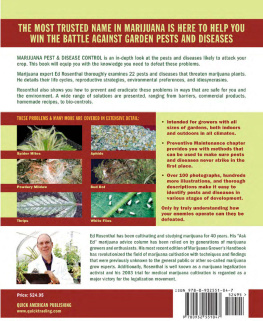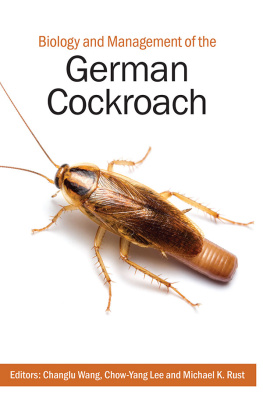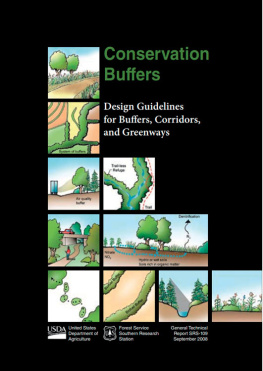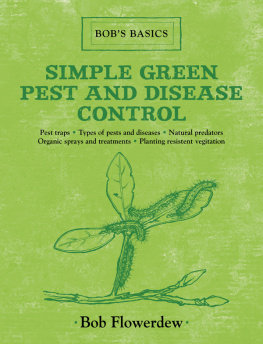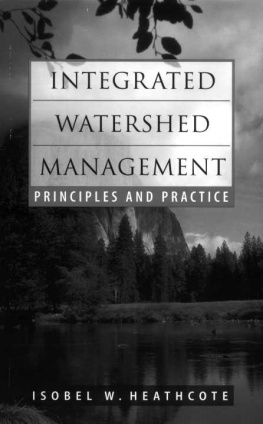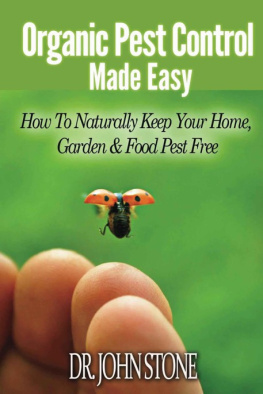Cover
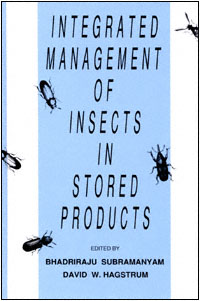
| title | : | Integrated Management of Insects in Stored Products |
| author | : | Subramanyam, Bhadriraju. |
| publisher | : | CRC Press |
| isbn10 | asin | : | 0824795229 |
| print isbn13 | : | 9780824795221 |
| ebook isbn13 | : | 9780585377971 |
| language | : | English |
| subject | Food storage pests, Food storage pests--Integrated control. |
| publication date | : | 1996 |
| lcc | : | SB937.I585 1995eb |
| ddc | : | 632/.7 |
| subject | : | Food storage pests, Food storage pests--Integrated control. |
Page i
INTEGRATED MANAGEMENT OF INSECTS IN STORED PRODUCTS
EDITED BY
BHADRIRAJU SUBRAMANYAM
University of Minnesota
St. Paul, Minnesota
DAVID W. HAGSTRUM
U.S. Department of Agriculture
Manhattan, Kansas

Page ii
Library of Congress Cataloging-in-Publication Data
Integrated Management of insects in stored products / edited by
Bhadriraju Subramanyam, David W. Hagstrum.
p. cm.
Includes bibliographical references and index.
ISBN 0-8247-9522-9 (hardcover : alk. paper)
1. Food storage pests. 2. Food storage pestsIntegrated control.
I. Subramanyam, Bhadriraju. II. Hagstrum, David W.
SB937.I585 1995
632.7dc20 95-31158
CIP
The publisher offers discounts on this book when ordered in bulk quantities. For more information, write to Special Sales/Professional Marketing at the address below.
This book is printed on acid-free paper.
Copyright 1996 by Marcel Dekker, Inc. All Rights Reserved.
Neither this book nor any part may be reproduced or transmitted in any form or by any means, electronic or mechanical, including photocopying, microfilming, and recording, or by any information storage and retrieval system, without permission in writing from the publisher.
Marcel Dekker, Inc.
270 Madison Avenue, New York, New York 10016
Current printing (last digit):
10 9 8 7 6 5 4 3 2 1
PRINTED IN THE UNITED STATES OF AMERICA
Page iii
To our parents, wives, and children,
and especially to our mentors,
Phillip K. Harein, Laurence K. Cutkomp,
and William H. Ewart
Page iv
Page v
Preface
The management of insects in stored products is in transition from a dependence on regular applications of chemical insecticides to the use of integrated pest management (IPM). IPM involves understanding interactions between stored-product environment and insects associated with stored products, and replacing all or most of the chemical applications with cost-effective nonchemical alternatives. The increased emphasis on adopting IPM strategies for stored-product insects has been brought about primarily by the development of resistance in insects to insecticides, consumers demand for food free of insecticide residues, and the loss of existing insecticides due to federal regulations. The transition from a heavy reliance on chemicals to little or no chemical input and increased use of nonchemical approaches requires a thorough understanding of stored-product insects, their identification, monitoring, biology, ecology, and response to chemical and non-chemical management options.
This book summarizes the current knowledge of insect biology, ecology, and sampling; the current status of chemical, physical, and biological control methods; and approaches for developing, implementing, and evaluating insect sampling, resistance management, and IPM programs. It is intended for all people involved in the protection of stored products, especially those involved in developing and implementing IPM programs for insects, and we hope that these individuals will use the information in this book and adapt it to their specific situation.
The audience for this book is broader than just those involved in the management of insects in raw and processed food products. This is an invaluable resource to educators, pest control operators, extension specialists, researchers, students, consultants, regulatory personnel, attorneys, IPM advocates, and citizens involved in maintaining the quality of our food supply.
The chapter sequence is arranged logically. Insect identification, biology, and ecology are covered first, because correct identification and understanding pests
Page vi
interaction with the environment are initial steps in the development of a pest management program. These chapters also provide insights into the aspects of insect biology and ecology that need to be considered in developing a sampling program. Information on sampling tools and statistics is provided in enough detail to facilitate development, implementation, and evaluation of a sampling program. The chapters on physical, biological, and chemical control provide an overview of available insect-control options that are of value in the management of insects. Resistance measurement and management are covered because they will be important as long as chemical and biological controls are components of an IPM program. The last chapter reviews the literature on the use of IPM against insects. IPM approaches have been developed and utilized more extensively for field and orchard crop insect pests than for stored-product insects. Therefore, the applicability of these methods in the management of stored-product insects is discussed in the IPM chapter. The extensive list of references in each chapter is an excellent source of additional information for readers interested in specific subjects or topics.
We would like to thank the excellent staff at Marcel Dekker, Inc., especially Anita Lekhwani, Associate Acquisitions Editor; Jodie McCune, Assistant Production Editor; Marilyn Ludzki, Promotion Manager; and John McGarrell, Copywriter, for their constant interest and invaluable assistance. Celia Hartmann did an outstanding job of copyediting. Susan Norwood and Michael Tufte assisted in verifying the book index. We are grateful to all the anonymous reviewers for their constructive criticism of the chapter outlines and individual chapters. Frank Arthur, Robert Barney, Richard Beeman, Gerrit Cuperus, Barry Dover, Alan Dowdy, Scott Fargo, Jerry Heaps, William Hutchison, Phil Kenkel, Robert Meagher, Thomas Phillips, Carl Reed, David Sauer, and Paul Wileyto deserve special mention for reviewing drafts of various chapters and for their intellectual input. Their contributions significantly improved the quality of the book. We would also like to thank all contributing authors.
Bhadriraju Subramanyam
David W. Hagstrum
Page vii
Contents
| Preface | v |
| Contributors | ix |
1 Coleoptera
David P. Rees | 1 |
2 Lepidoptera and Psocoptera
John D. Sedlacek, Paul A. Weston, and Robert J. Barney | 41 |
3 Ecology
David W. Hagstrum, Paul W. Flinn, and Ralph W. Howard |
Next page

